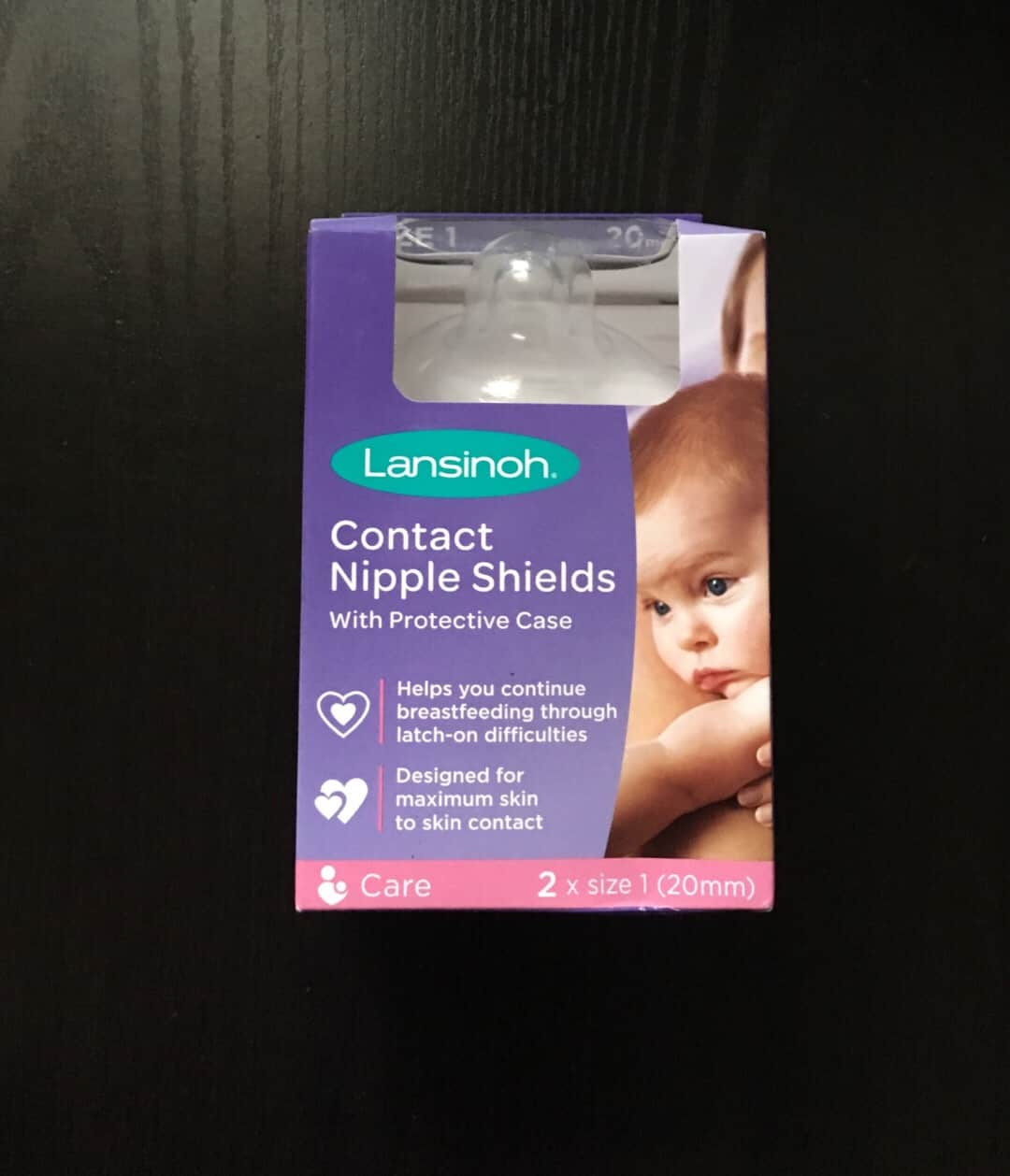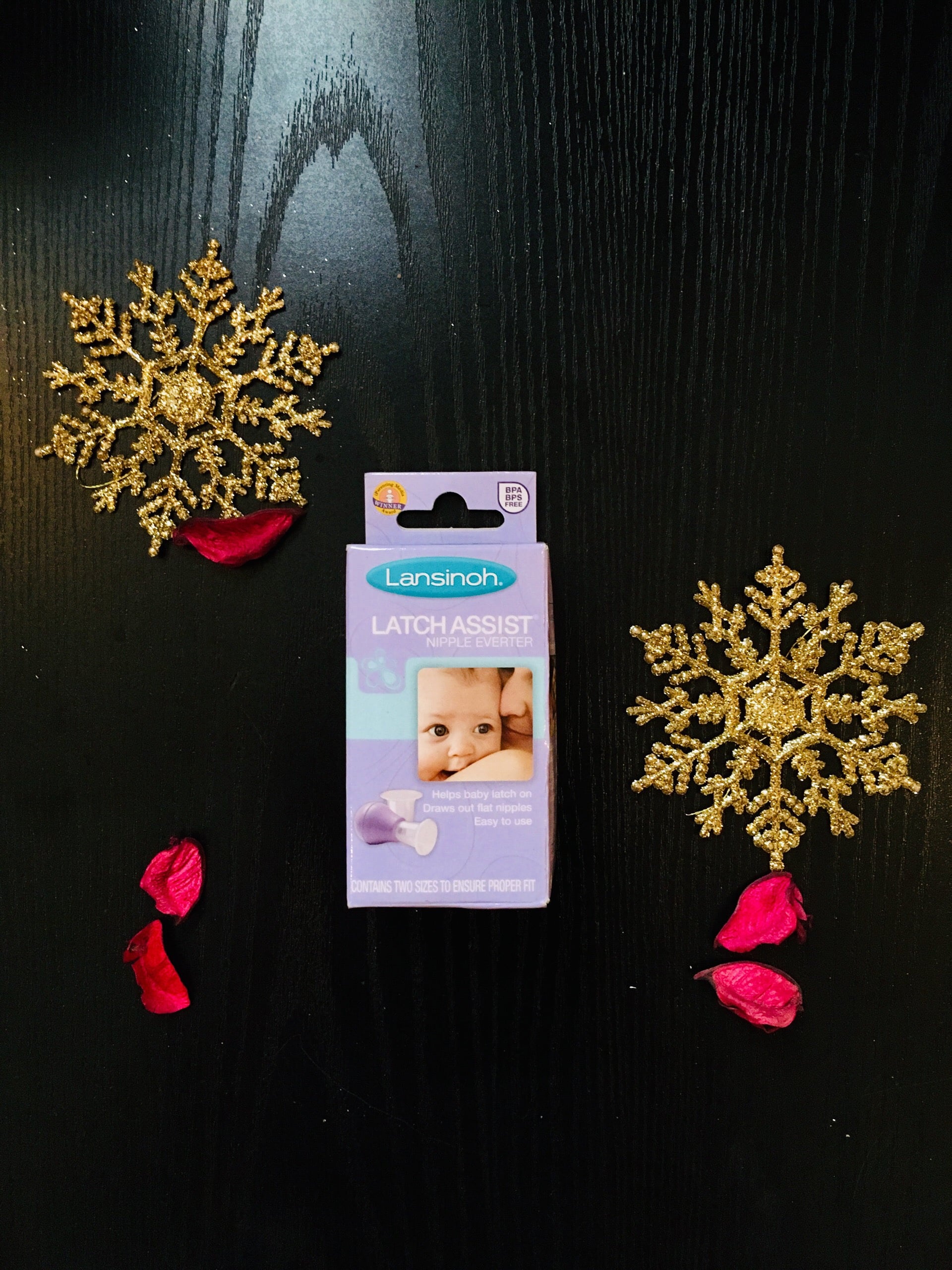“We were told about the inverted nipples during antenatal; In fact, a nurse came to help me drag it out. It was sooo painful.”, Mrs E said.
“I cried eeh! Especially when the nurse was pulling my nipple, her fingers gave me bruises, although I endured the pain for the sake of my baby. My husband had to tell her to stop oo. They said during pregnancy, last trimester after each bath we should use blue seal vaseline to needle the nipple, like drawing it out, that it will prevent it. I couldn’t breastfeed my baby. That night I contacted you, my baby was crying and my friend told me about nipple shields.”

“That’s why I started asking you about nipple shields. The latch assist was my lifesaver. That day I breastfed my baby, I was so happy.”
This is Mrs E’s story.
What’s An Inverted Nipple?
An inverted nipple (also known as a retracted or invaginated nipple) is described as one where it is turned inward so that it looks like a dimple on the breast.
Some people are born with their breasts like that, and this is just considered as being “different” as opposed to abnormal. This inversion can, however, also occur later in life as a result of disease (eg. breast cancer) or injury. The challenge with flat or inverted nipples for breastfeeding mums is that getting the baby to latch on (grasp the nipple and the surrounding area with the mouth to draw out breast milk) is more difficult and sometimes impossible. To check for the presence and severity of inversion, a simple “pinch test” can be done.
The Pinch Test:
Hold your index and thumb in a C shape about an inch behind the nipple around the areola.
Gently close off the c while pushing back towards your chest.
A Grade 1 inverted nipple will protrude and and retract over time
Grade 2 will retract immediately after you release the pressure.
Grade 3 will remain retracted.
The grade of inversion determines types of solutions that will be effective.
So some mums just need to stimulate their nipples with touch or cold temperatures to temporarily reverse inversion.

Some mums can use a breast pump, some mums need a latch assist or shield or breast shells. In extreme cases, surgery may be required.
Using a syringe is old school, painful and quite traumatising .
Dear new mum, you are resourceful; you are stronger than you realise. Life may not always turn out exactly as you planned, but there are solutions to most challenges.
During antenatal visits/pregnancy is the best time to start preparing for your breastfeeding journey.
Don’t wait till baby arrives.

